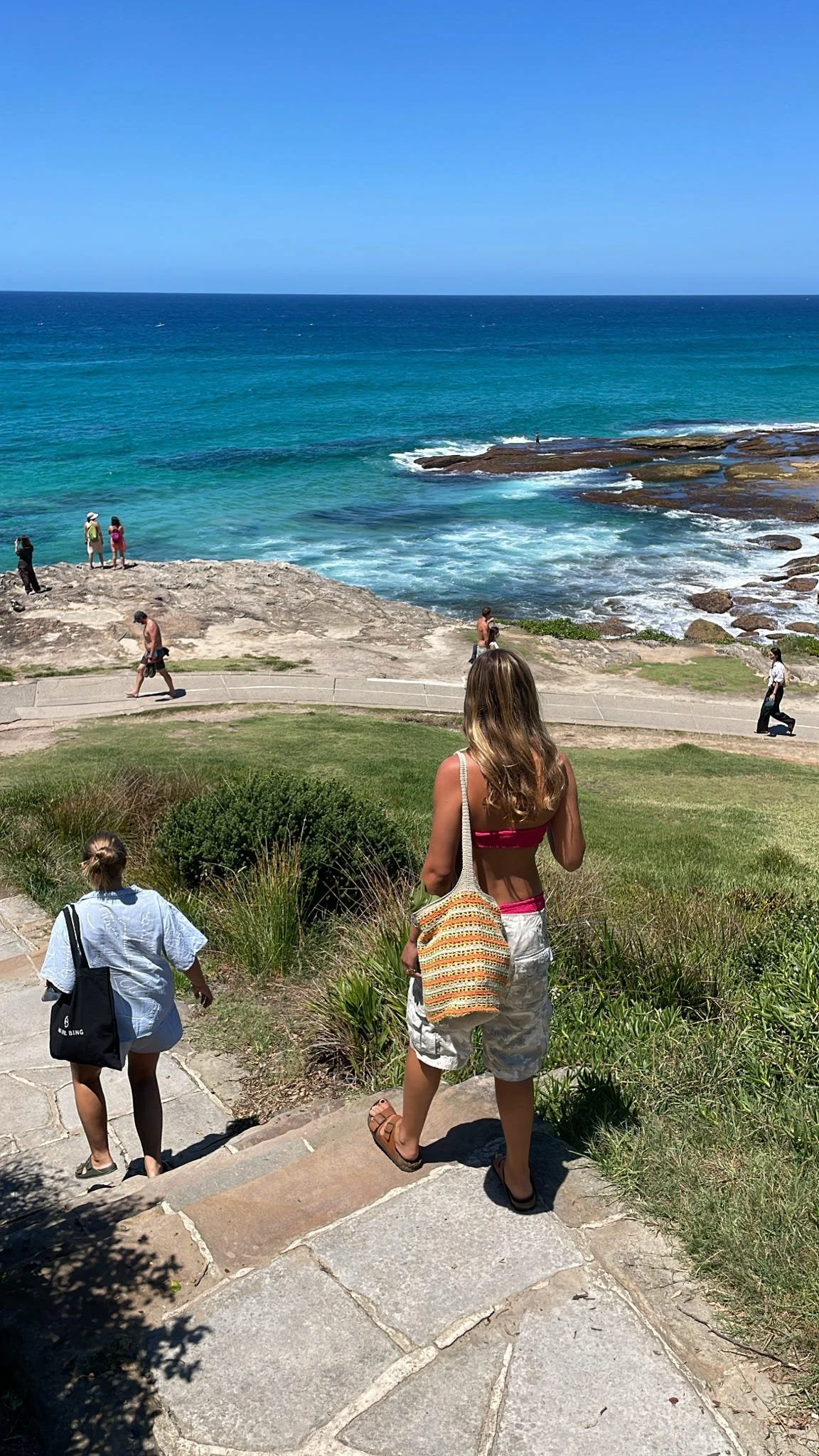Paths of Desire and the Human Experience
October 6th, 2025
Photo: Georgia Silverton
Writer: Amany Sayed
Editor: Isabella Acosta
There are usually three options when getting somewhere by foot. We can either stay on the marked, conventional walkway, take the long way, or carve out a shortcut. The result of the unconventional paths we take is unplanned trails that we prefer more than the marked ones. As a result, they inevitably become distinguishable through years of use and have been dubbed “paths of desire.”
As soon as I learned what a path of desire was, they started following me everywhere – especially at the University of Michigan. My feet are so accustomed to certain pathways that I sometimes arrive at my most common destinations with no recollection of the path I took. However, when I think back to my first weeks on campus, I distinctly remember the unfamiliarity and learning process of these paths. I pondered the origins of these worn paths of desire, the unseen footsteps that made them, and the reasons they chose this route over another.
From the shortcuts through the grass we take to get around Ann Arbor’s many construction sites, to the dirt path we’ve made out of the corners of lawns when crossing the street, we’ve collectively decided to ignore the boundaries of the sidewalk and instead traverse our own convenient route. There is something so intriguing, so inherently human, about a path of desire that I believe translates into almost all aspects of our lives.
Consider, for example, the first person to create a particular path of desire, the way they must have felt to veer off a set path and ignore the boundary. We all possess this courage to ignore the status quo and, literally, create our own path. While you might not see cutting corners across a lawn as a ground-breaking act of resistance, it still holds the same inspiring power as any other transformative decision. It recently made me think: if we can find the motivation to walk around a path, even if only to save ourselves a few seconds or minutes, why can’t we find this same motivation to push past other barriers? These paths are examples of the fact that not everything is as permanently set in stone as we think it is. Something as simple as the boundary of a sidewalk has the potential to be challenged, and it’s this constant defiance that I believe makes us human.
Our lives are structured by a multitude of rules, some of which are written and enforced, others that are silently agreed upon. However, when we are told not to do something, there is an almost innate instinct within us to want to do it even more. At times, I think there’s value in leaning into that instinct and exploring what would happen if we weren’t always walking in a straight line. No path is truly linear, and if anything, paths of desire prove to us that paths come in all shapes and sizes.
There is a special kind of beauty in the dirt pathways that weren’t supposed to be there, the footsteps that paint the ground, and the worn-down grass that exhibits the presence of those who walked it before. As I grow older, I’m learning to take the path of desire in my own life. Rather than stand idly as the boundaries of the sidewalk or other people’s expectations control me, I choose to follow my instincts and my heart. Unlike a physical path of desire, I may not reach my destination any quicker. However, I hope to arrive more certain, content, and fulfilled.

